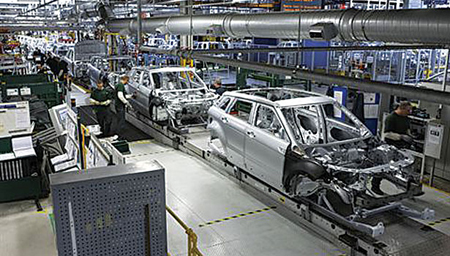The Case for Reversible Bonding in Today’s Automotive Assembly Part I

We’ve been using plastics and fiber reinforced plastic composite materials to make cars for several decades now, and with good reason. Compared to metals, they are lightweight and offer high design flexibility. Plastics can be formed into just about any automotive shape you need – for style, aerodynamics, or both. But more than just for looks and style, today’s new advanced plastic carbon fiber composites are actually performing in automotive structural and chassis components. Plastic is the matrix material holding carbon fibers together to form material one-sixth the weight of steel but with twelve times the crash absorbing energy.
But while autos are assembled, how do we bond these innovative lightweight composites to steel, aluminum and to other composites? Traditional bonding methods are not ideal as they are usually permanent and cannot be disassembled or repaired. Rivets, bolts, clips and clamps add weight, while piercing and breaking the carbon fiber’s threads. Plus, these holes create stress concentrations that can become the points for failure initiation.
Quick forming thermoset plastic adhesives are one way plastics are solving multi-material joining. They are lightweight and can bond and harden quickly over the entire length of two materials joined. But, what if this bond could be reversible? This would allow the parts to be separated for repair or replacement, instead of cutting out and replacing whole sections of a structure.
In cases like these, being able to take parts apart and reassemble them again is IDEAL. A thermoplastic, by itself, is fusible and you can reuse it many times – but that might be impractical on today’s fast-moving automotive assembly lines where parts rack up in seconds.
The acceptable cycle time today for making a joint runs less than sixty seconds, and thermoplastic adhesives may require more time than is typically available to melt and set properly…until now.
In order to be useful building cars today, you need a lightning-quick method to:
- Heat up the adhesive
- Form a strong bond
- Cool the joint and material in under a minute
But what if you could make all this happen…just by changing the physical propertiesof the adhesive? Researchers at Michigan State University may have found a way. In our next post, we’ll show you how. Stay tuned…
